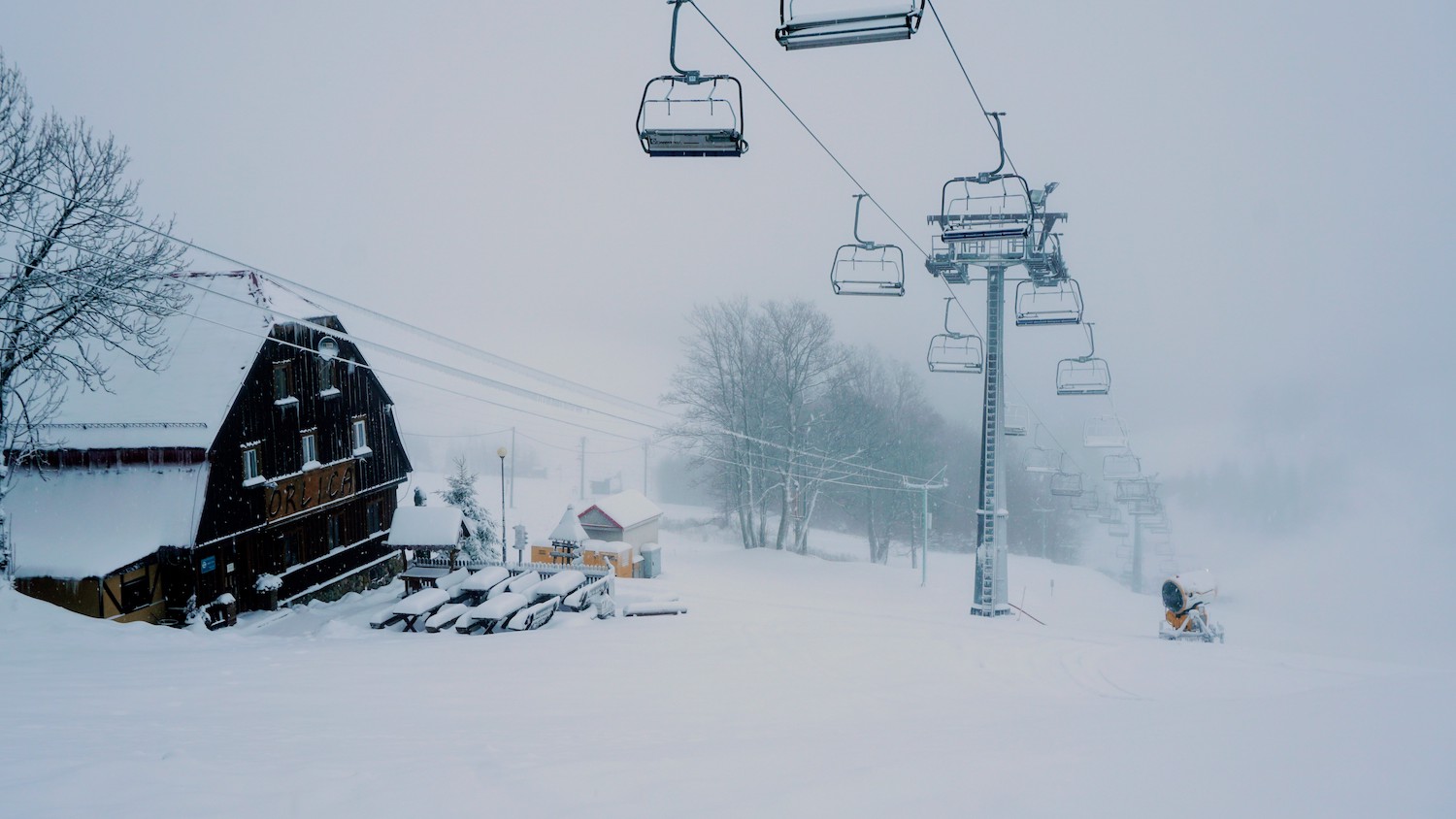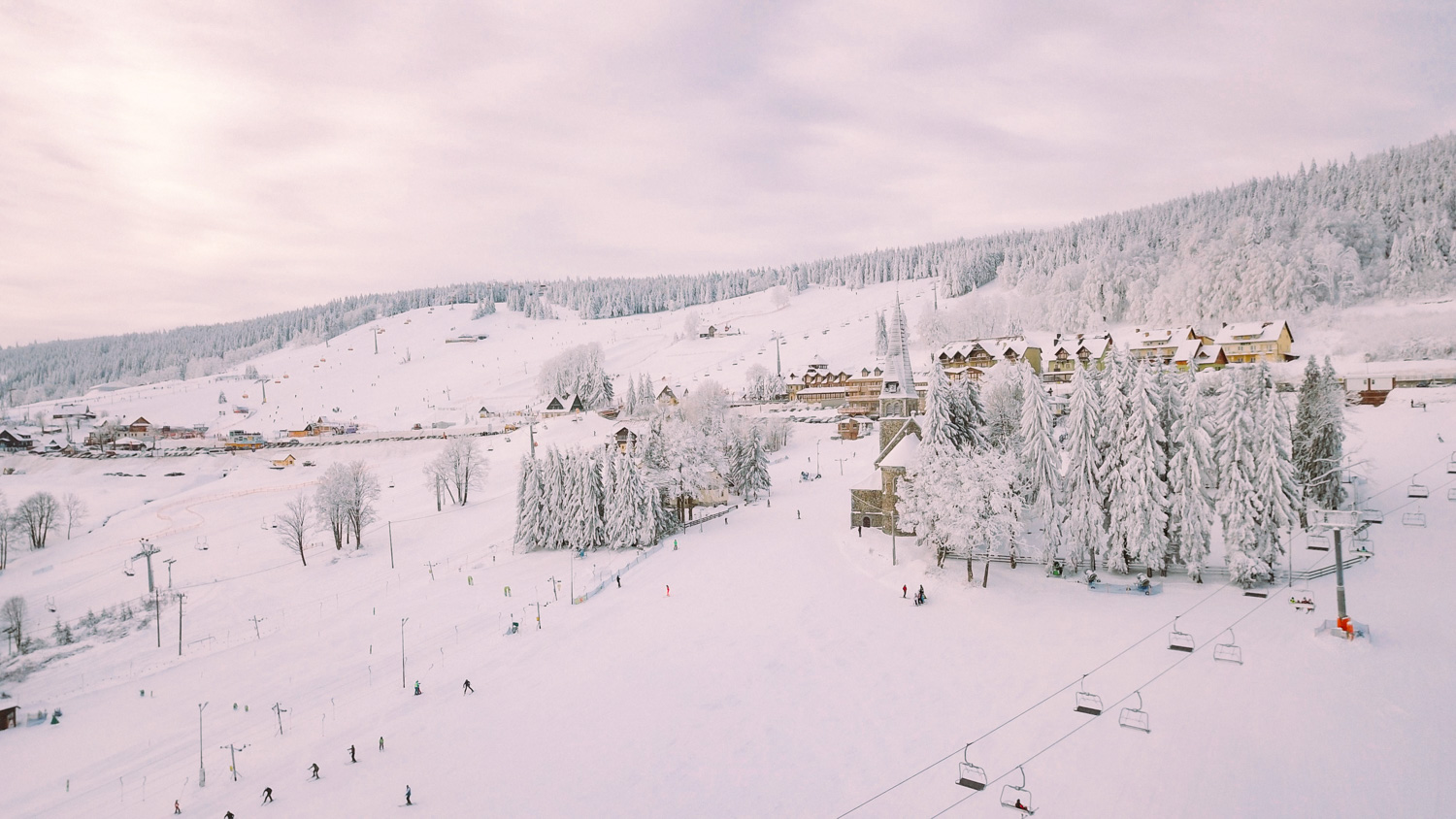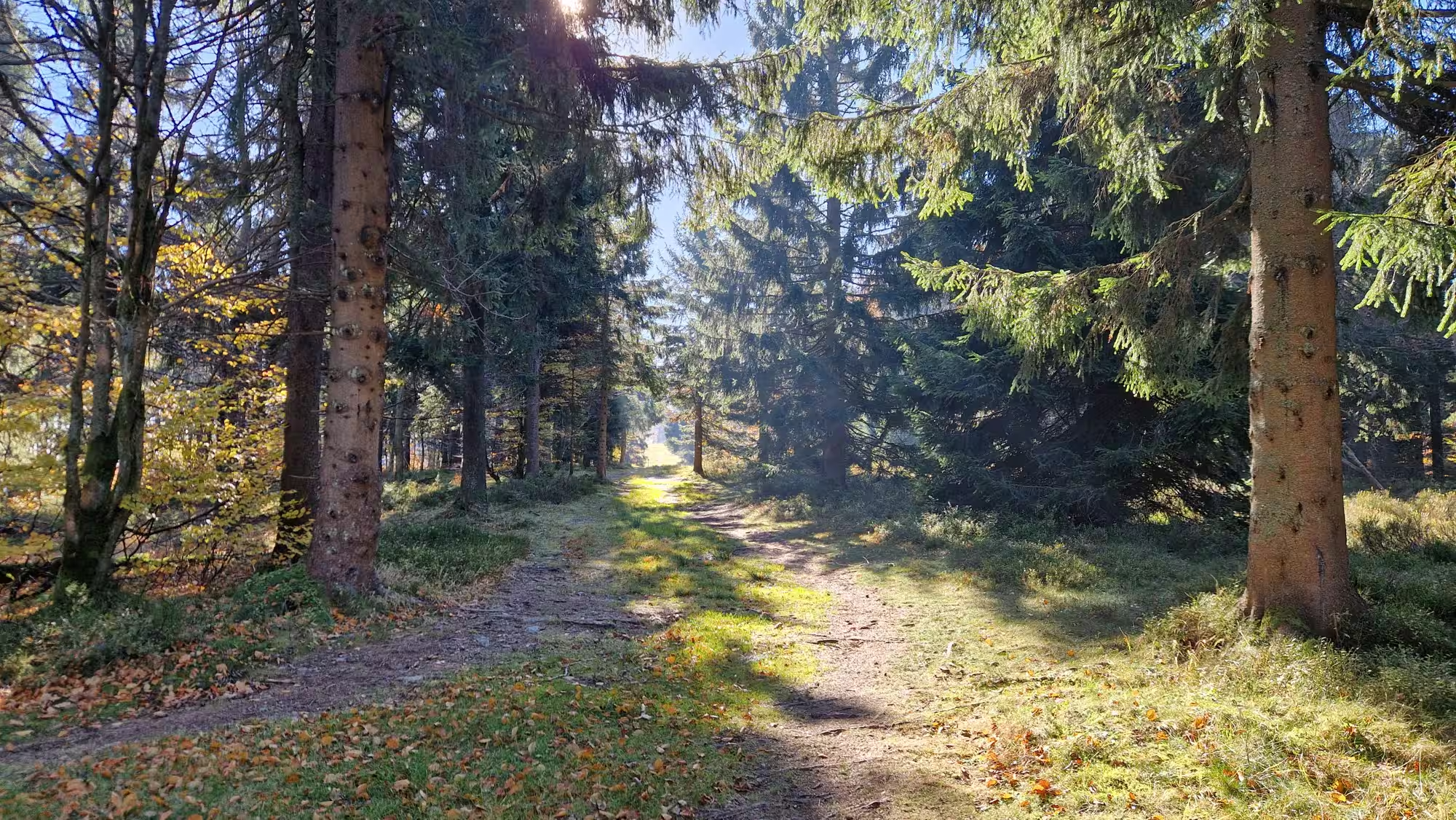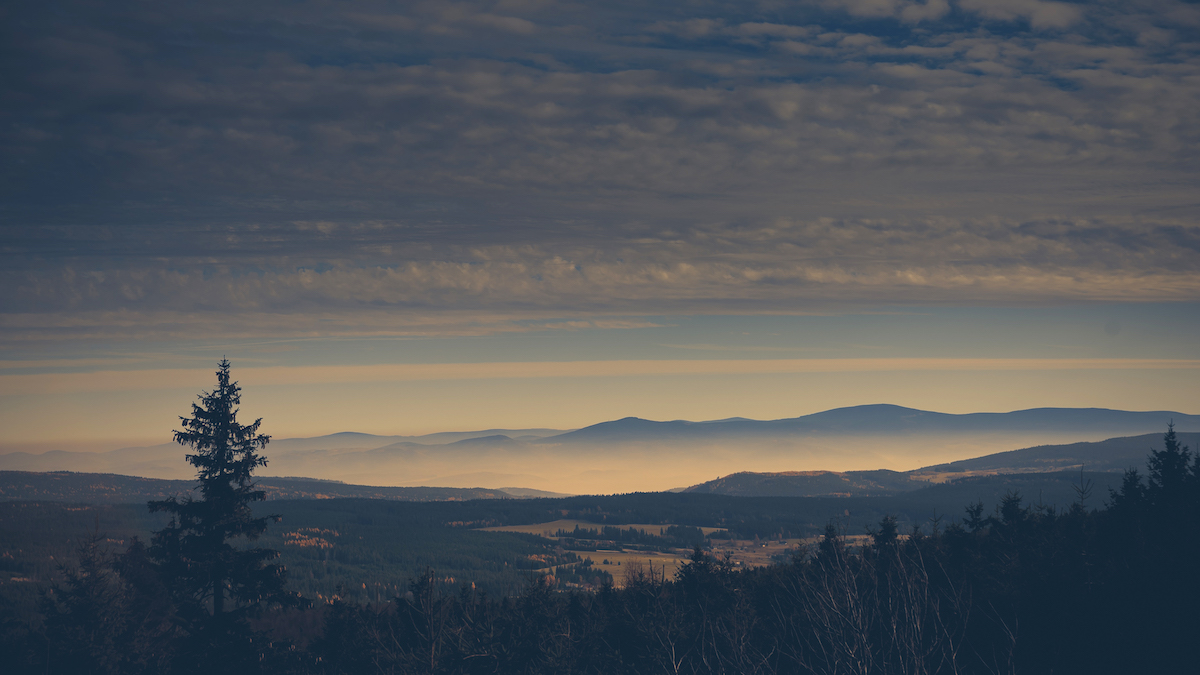We read the weather forecast!
Table of contents

From the article you will learn:
- What weather factors have a key impact on comfort and safety in winter in the mountains
- Where to look for the most reliable weather forecasts for mountain areas
- Why conditions in the mountains may differ significantly from those predicted for nearby towns
Winter in the mountains is a completely different reality than summer or even autumn. Regardless of whether you are going on a trail or on a sled, taking a look at the weather forecast should be one of our responsibilities. Unfortunately, this often does not happen. And this makes the surprise on the slope often very large.
We underestimate the Polish winter. True, its intensity in recent years has significantly decreased. However, this applies primarily to cities and lowland areas. It is very different in the mountains. Cold, temperature fluctuations, strong wind, precipitation - these are factors that must be taken into account not only before going on a mountain trip, but also before starting skiing or snowboarding.
What to look out for?
The key, of course, is the temperature. Its projected value should influence what we put on ourselves. If we go skiing, however, let's remember about clothing that is quite universal - at a time when we move on skis, the temperature of our body is higher, because thanks to the movement, we warm up. But after going down the slope, you need to get on the chair rail, and those few minutes at a lower temperature can cause the feeling of coolness to increase significantly. It is worth remembering this.
The absolute key thing is the wind, the forecast of which we should also carefully check. The stronger, the more cold we will feel. - 5 degrees Celsius in windless and sunny weather is a completely different temperature felt compared to -5 degrees with cloudy skies and blowing, for example, at a speed of 50 km/h I believe. And even in the lower mountains, such as we have at our disposal around Zieleniec, the strength of the wind can reach much higher values!

The third parameter that should be analyzed is, of course, snowfall. These, in turn, will influence whether we take goggles to the slope or whether winter sports sunglasses (preferably with a suitable filter) will suffice. Stronger precipitation, with strong wind and low temperature is in practice a completely different time of the year compared to the spring snowfall under the beautiful and scorching sun. Such weather differences are often encountered in Zieleniec. Severe frosts, heavy snowfall in December and January and until mid-February and beautiful, sunny early spring in March. Of course, in these cases you can ski perfectly. However, you should definitely prepare differently for other conditions.
Where to check the weather?
Weather portals are available on the internet without a hitch. They often do not show the forecast for mountainous areas, only for cities and towns located a little lower. This means that, in reality, the conditions prevailing, for example, above, may differ from those predicted for the place that we are currently monitoring. However, if we want to check as accurately as possible the conditions and the forecast weather, for example for a ski resort, we should do two things:
- look for cameras on the slopes or in their immediate vicinity, where we can see live how the conditions are currently presented (such a possibility exists, for example, on the website www.zieleniec.pl)
- look for weather stations located on the slopes or check the weather forecast on typical mountain portals used by himalayists and people going to higher mountains (such as the Mountain Forecast portal, which has a forecast for the one located above Zieleniec Velika Deztna).

Let's remember that the weather forecast for mountainous areas is only a projection of what may or may not happen in the coming hours. 24-hour forecasts are most likely. The longer we assume the time horizon, the less chance there will be that the weather will be exactly as predicted by this or that portal. Long-term forecasts show more of a trend than what reality can bring in practice.
Why the forecast forecast is uneven
And finally, the most important thing - variability of conditions. This is especially true of mountain areas. This is due to two reasons - firstly, the weather in the mountains very often changes dynamically contrary to what you can read in the forecasts. Secondly, in recent years we are dealing with a changing climate, which is further exacerbating atmospheric phenomena. And this does not necessarily mean higher temperatures, which are often associated with climate warming. Things in the mountains also applies to stronger frosts, more abundant snowfall and, above all, gusty and hurricane-force winds.
.avif)



